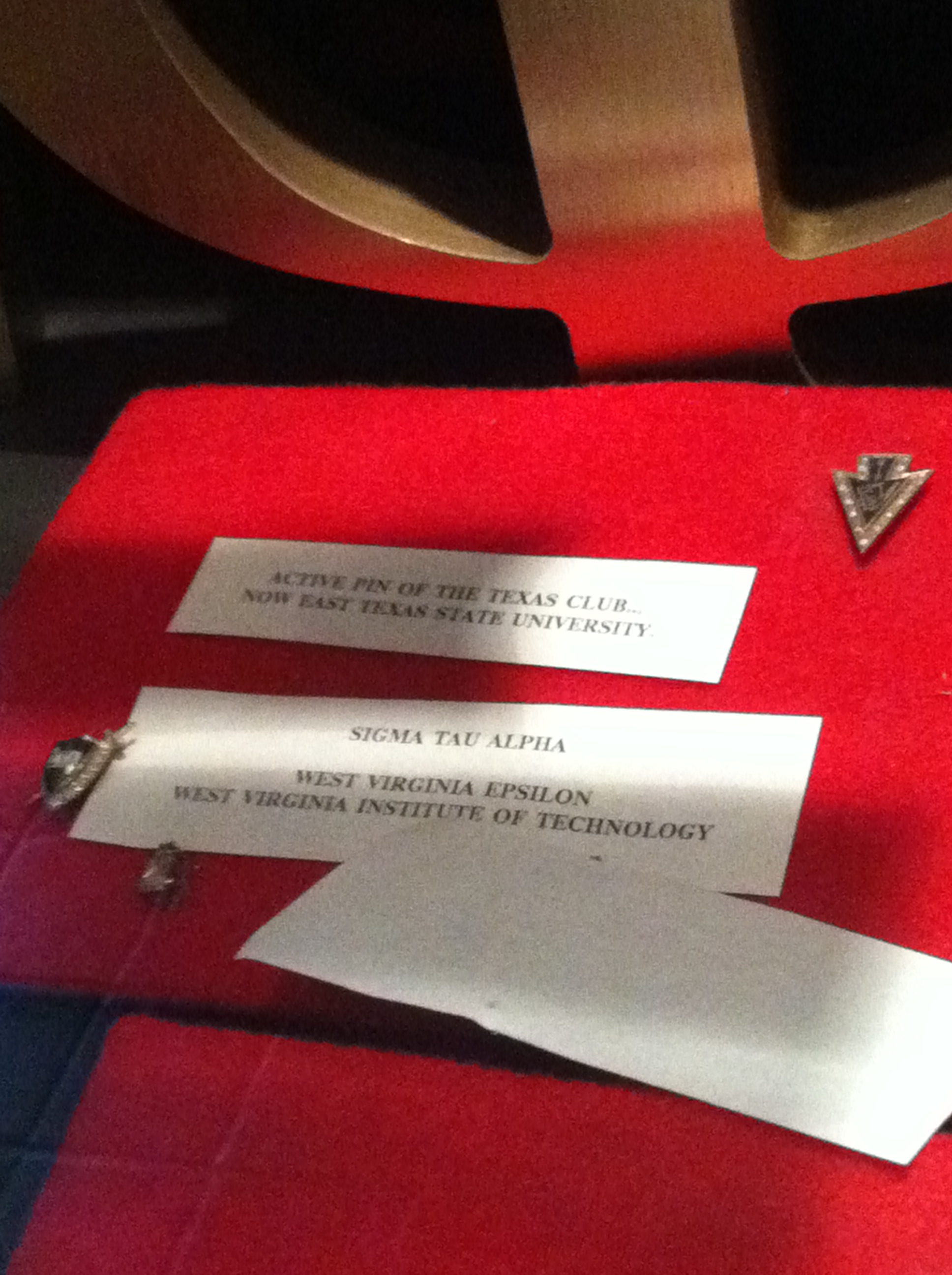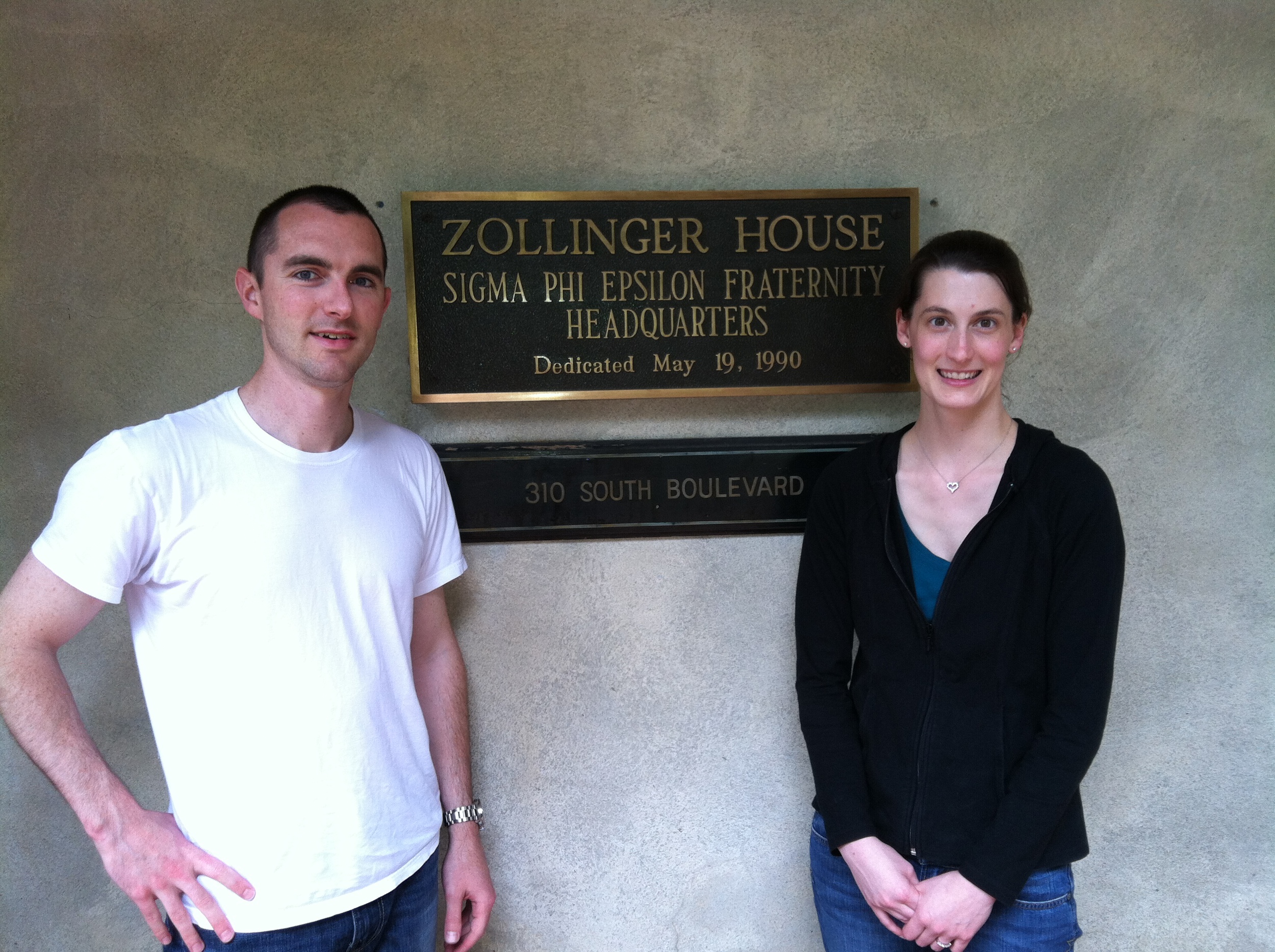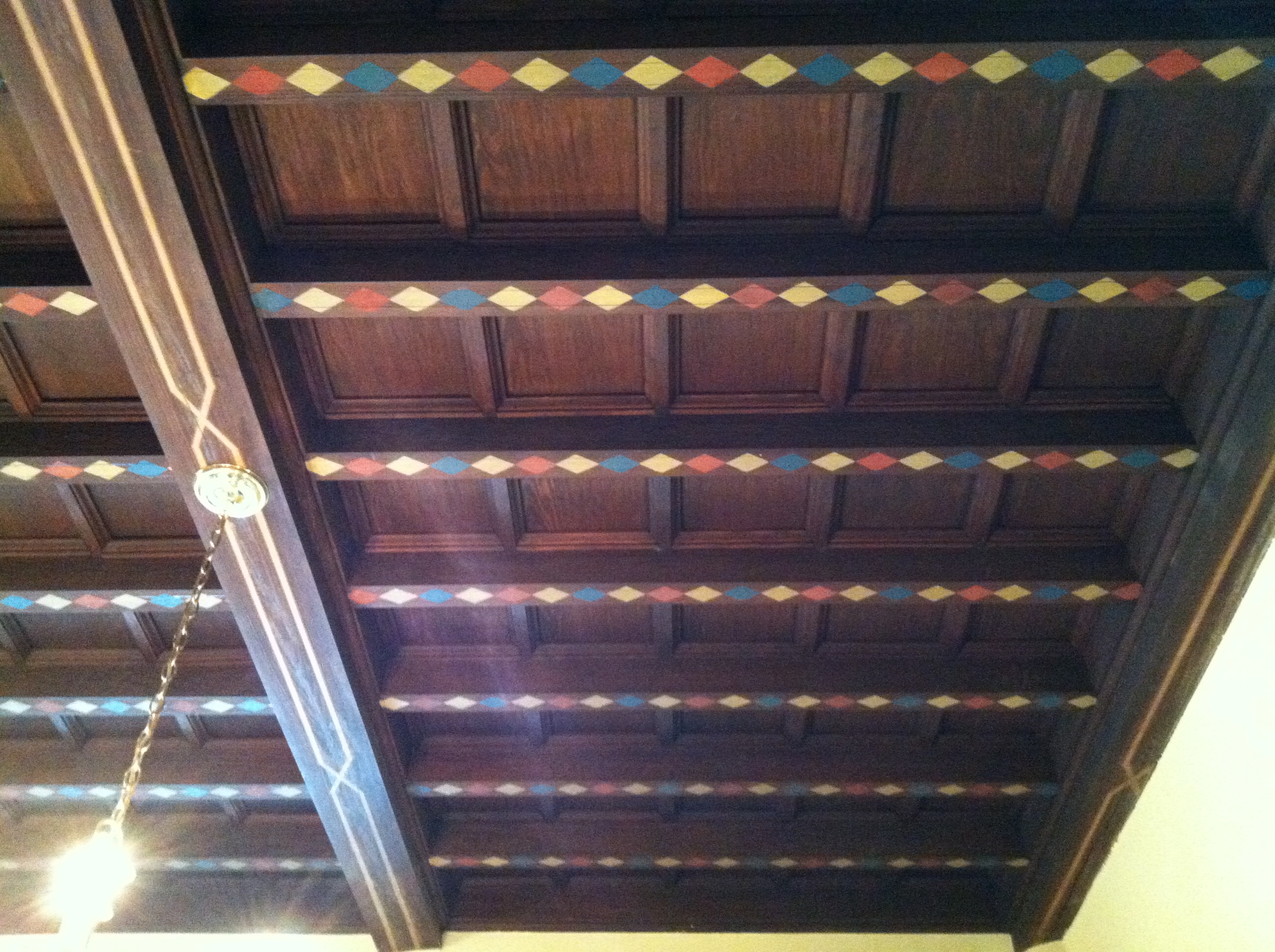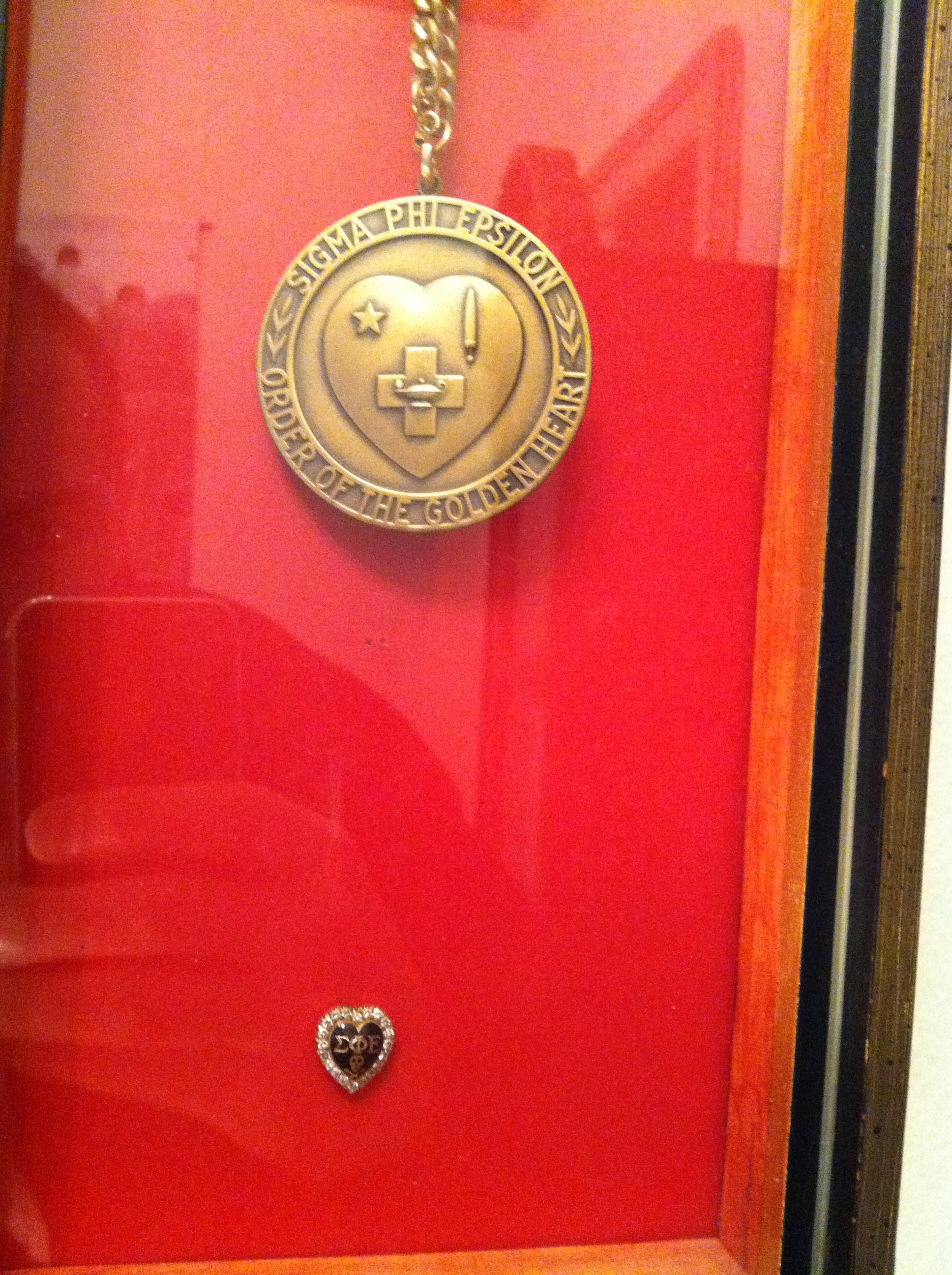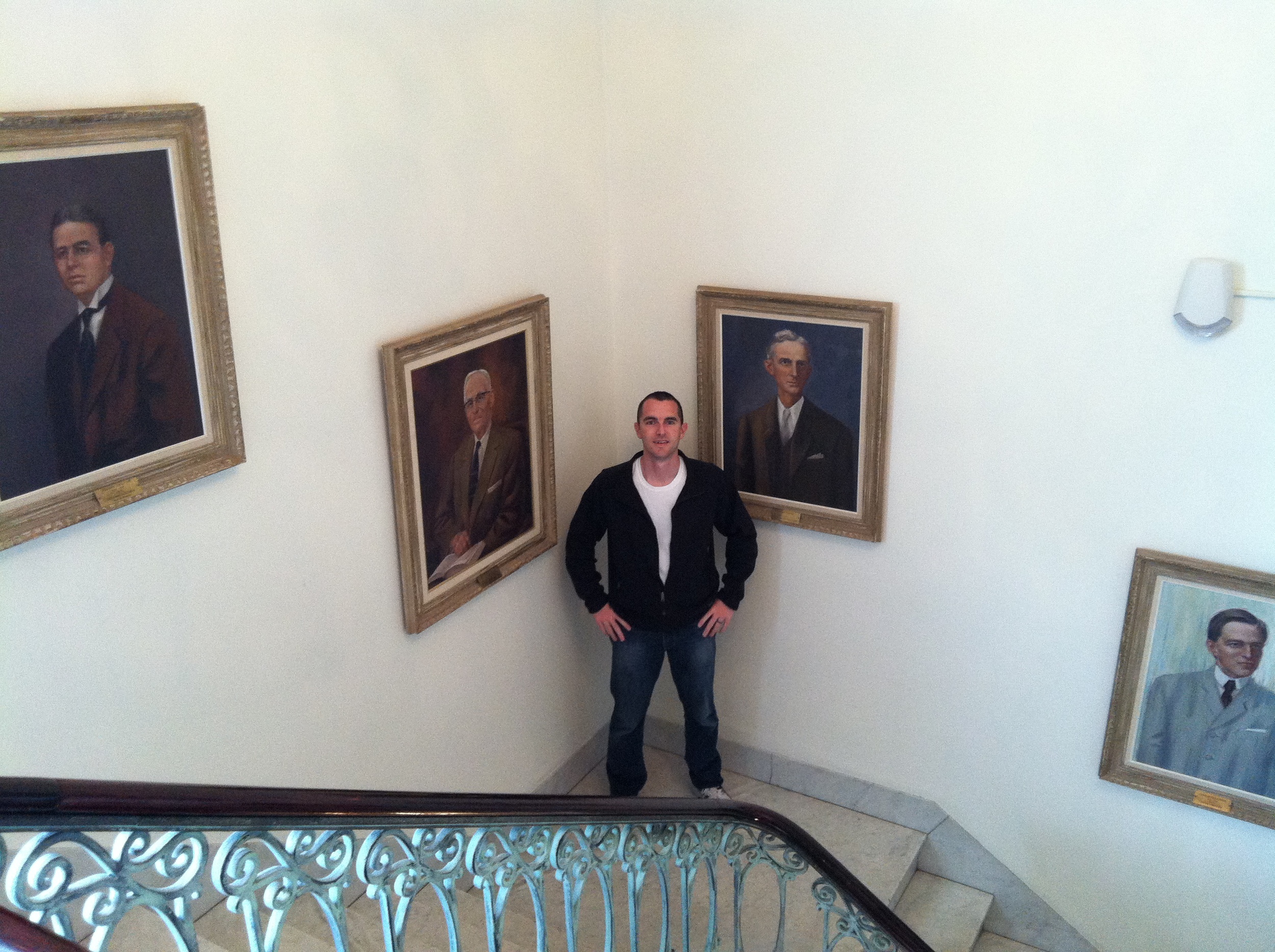Founded in 1901...
The Journal - 1904 - Inaugural Issue
"A BRIEF OUTLINE OF OUR HISTORY"
The Sigma Phi Epsilon Fraternity was organized at Richmond College, Richmond, Va., in November, 1901, by Carter A. Jenkins, '02; Benj. D. Gaw, '04; W. Hugh Carter, '02; William A. Wallace, '03 ; Thos. T. Wright, '04, and William L. Phillips, '03, from a club then existing, known as the Saturday Night Club.
The original intention of the founders was to have a local organization, but the bitterness and opposition of the chapters of the other fraternities at Richmond College spurred them on to extend the organization to other colleges. The first year was spent in perfecting the organization. On October 22, 1902, a charter was obtained from the State of Virginia.
During the session of 1902-'03 five chapters were added. This rapid increase caused the Grand Council to decide that the new chapters should be confined to the larger colleges and universities. Four chapters have been added this session. Three applications for chapters are now under consideration. If these are granted, this fraternity will show the most rapid in- crease in three years of any college fraternity.
The alumni of this brief period rank with the flower of the rising generation, and are scattered throughout the States from the Atlantic Ocean to the Rocky Mountains, and from the Great Lakes to the Gulf.
The History of The Founder's Badge
The Journal – 1934 – May Issue
"The Strange Story of Sigma Phi Epsilon Founder's Badges"
FIT subject for a Hix or a Ripley with their "Strange As It May Seem" or "Believe It or Not" disclosures is the story of the curious odysseys of the ill-fated Founders' badges. Most curious of all these tales, of course, has to do with the badge which Founder William L. Phillips had returned to him after having believed it lost for nearly twenty years. But this story should begin at the beginning, and that is with the founding of the Fraternity.
It will be recalled that in the formative days there was considerable vacillation be- tween Sigma Phi and Sigma Phi Epsilon as possible names for the fraternity. Because it was shorter and because they did not know of the existence of Sigma Phi (founded at Union College in 1827) the Founders finally settled on Sigma Phi.
The badges, designed, it is believed, by Founders Jenkins and Gaw, were promptly ordered from a jewelry firm in North Carolina, once the name was finally agreed upon. They were to be heart-shaped, of yellow gold, with black enamel centers at the bottom of which was to appear in gold the skull and cross bones, then popular in fraternity insignia, and at the top the Greek letters S and F also in gold. The edge of the badge was to be jeweled in alternating rubies and garnets.
In the meantime a committee of these would-be Sigma Phis was called before the Faculty Committee on Fraternities. In the midst of the not too friendly discussion the committee of Founders was reminded that there was already a Sigma Phi, and this was cited as one of the reasons why their organization could not be allowed. It was then that Founder Jenkins rose and spoke: "Doctor, there has been considerable discussion among our men about the vows of our organization. You have decided a question which we could not decide for ourselves—we shall call our fraternity Sigma Phi Epsilon."
This all-important meeting did not end here, of course, but the ultimate result was permission to carry on with the organization of Sigma Phi Epsilon. What to do about the Sigma Phi badges was the next question. A telegram was accordingly dispatched to the jewelers to "put an Epsilon somewhere on the badges." This was done by eliminating three stones—the one at the point, and the one on either side of it, and engraving the all-important E on the space thus left vacant. In such wise did the Founders' badges come into being.
With the granting of a charter to Colorado Alpha in 1903 several of the Virginia Alpha men, among them most of the Founders, sent their badges west to be used in the initiation ceremonies. For some reason, not now clear, only one of these badges was ever returned, and that after nineteen years, and as the result of a most curious train of circumstances.
One of the Charter Members of Colorado Alpha was Harvey E. Murdock, who was to become a professor at Montana State College of Agriculture and Mechanic Arts, at Bozeman, Mont. It so happened that there was a local in that institution which had been making overtures to Sigma Phi Epsilon, and Grand Secretary Phillips stopped over in Bozeman in January of 1922 to inspect the group.
Naturally, he met Brother Murdock. In the course of their conversation Murdock handed him what he recognized at once as one of the Founders' badges. Even more gratifying than this, however, was the reverse side with its engraved W.L.P. identifying the badge as his own of nineteen years before. Naturally this much traveled badge occupies the position of most treasured piece of memorabilia at the Central Office.
Only one other Founders' badge is known to be in existence, and that is in the possession of Founder Hugh Carter.
Founder Carter did have two badges neither of which, for some reason, were included in the shipment to Colorado Alpha. In 1919 Grand Secretary Phillips borrowed one of the two to display at the Indianapolis Conclave. That badge disappeared, whether lost, stolen, or inadvertently carried off in some brother's effects, has never been known.
Somewhere are several Sigma Phi Epsilon badges rich in sentimental value because of their connection with the Founders, and with two of the early chapters. The Journal, the whole fraternity, would be grateful for information regarding any of them. Their stories can't but be interesting.
Theta Upsilon Merger - 1938
In 1938, Sigma Phi Epsilon was comprised of 74 active chapters. It was during the heart of the Great Depression, a time when fraternities were struggling to survive.
Later that year, SigEp merged with Theta Upsilon Omega. This added seven new chapters to Sigma Phi Epsilon's roll.
Conclave
Began in 1904...
The 1934 Conclave was delayed until 1935 to allow Chapters to regain better financial footing and concentrate on recruiting. Special training sessions occurred in each district in lew of the Conclave.
Journal Articles Worth A Read -
1904 - Dec. Issue - Editorial Section
"There i$ a little matter to which the Journal beg$ to call the attention of every member of thi$ fraternity. It i$ with reluctance that we $peak of it, but $ome have $eemingly allowed it to $lip their mind$. To u$ thi$ i$ a very important i$$ue ; in fact, it'$ nece$$ary to our bu$ine$$. We won't $peak further on the $ubject. Perhap$ you have already gue$$ed the drift of our remark$."





















